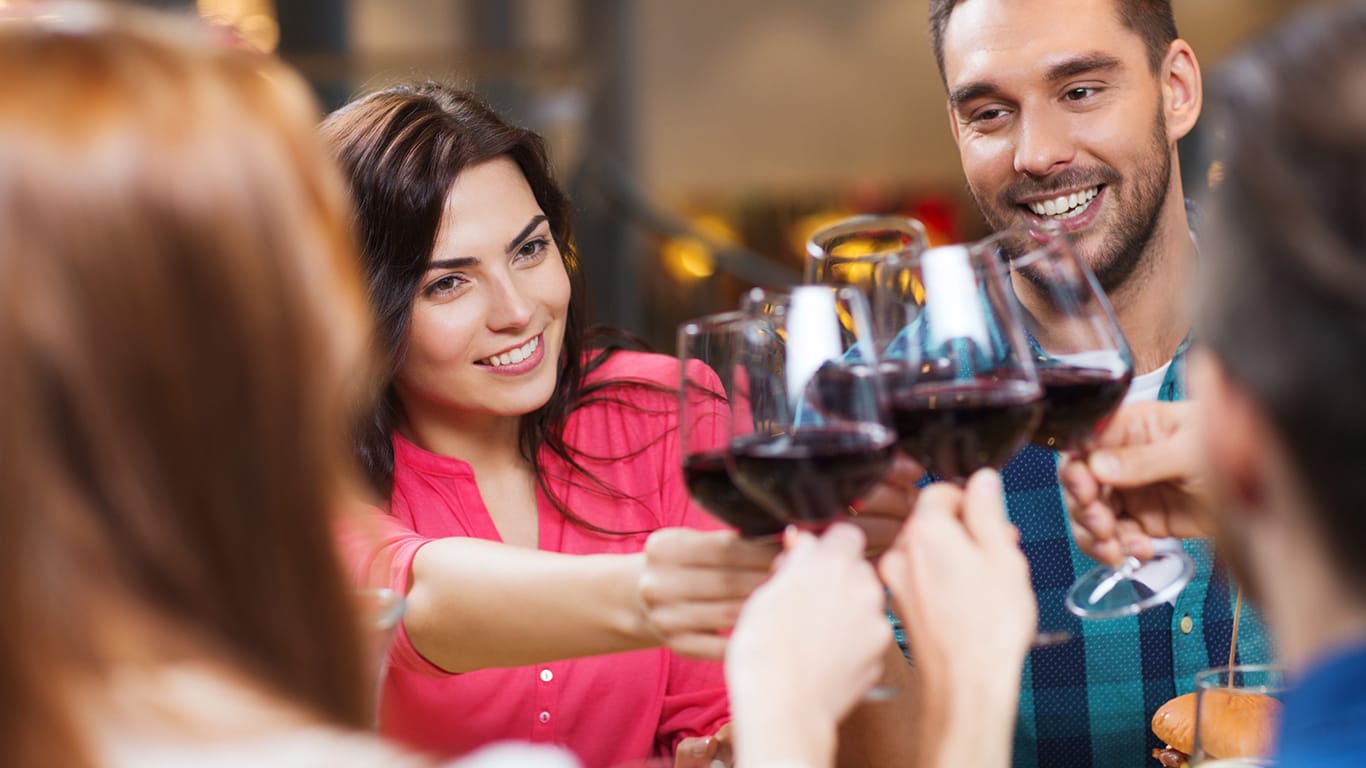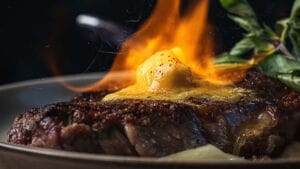You may be a serious wine fundi or a budding aficionado, but hosting an at-home wine tasting offers the ideal opportunity to have a lively social occasion with fellow wine enthusiasts.
Whether you are a lover of red wine, enjoy a crisp and sharp white blend, or hope to dive into the world of Yarra Burn Premium Cuvee and other delicious sparkling wines and champagne, planning your dream wine-tasting evening is simpler than you think.
Choose a Theme
When planning a wine-tasting night, it is essential to select a theme to guide your wine selections. With so many different blends and brands available on the market, it is one of the most effective ways to narrow down the options list.
You can select wines from the same vineyards and wineries but bottled in different years, wines from the same year but from various parts of the world, wines from famous regions around the world, or stick to just one type of wine, be it red, white, rosé, or champagne, from various price points.
Regardless of the theme you select, it is crucial to set up your event so that it offers your guests opportunities to sit down comfortably to eat and taste their wines. This can be done at a set dining table or via smaller stations set around your home or garden, each containing a specific wine option and food pairing.
Build a Guest List
Wine tastings are a lively and fun event, but can quickly become a rowdy atmosphere, especially if there are too many opinions in the room. Many tasting hosts and wine-club experts agree that 10 people is the optimal number for a successful and comfortable event.
It ensures there are enough people to keep the conversation flowing and maintain a bubbly and social atmosphere, while still being exclusive enough to keep the event manageable and making it easier to run through each wine, all while holding your guests’ attention. However, should your budget be somewhat more restrictive, try to maintain an even number of guests.
Selecting Your Wine
For an authentic tasting, experts recommend serving 4-6 wines at a time. Should this not fit your budget, 3-4 wines will still offer you the same experience at a more affordable price. The wines you select will be largely influenced by the theme you have chosen for your event, but it may be beneficial to research various labels and blends to gain a better understanding of what is available and the flavor notes each possesses.
This additional research will help you create a more suitable menu and will allow you to select flavor profiles and notes that interest you and share them with your guests. If you plan to taste red and white blends, ensure you serve them alongside their counterparts to avoid clashing intensities and profiles.
Map Out a Menu
One of the biggest mistakes you can make as a host is offering plenty of wine and not enough food pairings to help soak it all up. The food should be an integral part of the evening and not merely an afterthought. Savoury nibbles, such as cold meats, cheese, crackers, raw vegetable sticks, fruits, and nuts, make for excellent grazing boards that your guests can enjoy throughout the night. Furthermore, consider including heavier apps, like bruschetta with delicious toppings, shrimp with cocktail sauce, and bacon-wrapped dates. End the evening off with a small sweet treat, such as chocolate, nougat, marshmallows, or a simple dessert.
Additionally, you need to decide whether you will serve passed bites and shared plates or tackle a formal seated meal. If you enjoy cooking, you can tackle the menu yourself, or you can splurge a bit and hire an expert chef to make a big impression. Whatever your budget allows, remember to keep things relaxed and casual.
Glassware & Supplies
To ensure your guests have an elevated tasting experience, you will want to pull out your finest glassware. Hosting experts recommended having at least three glasses per guest, allowing them to taste multiple wines alongside each other. However, it is crucial to ensure you are using the correct wine glasses to suit the blend. Red wine glasses are taller with a larger bowl, while white wine glasses are smaller in both height and width. Additionally, small paper cups are useful for disposing of unfinished wine before the next pour.
Alongside the right glasses, you may want to set up a tasting mat with pens and pencils for your guests to take notes on each pour, especially if your party involves more detailed discussions and insights into the different blends. They can also make note of their favorites to purchase at a later date.
Learning Materials
Extensive and detailed wine notes could make beginners feel somewhat overwhelmed, but they may be pretty beneficial for identifying key facts and information about each bottle and blend. They also help avoid your entire evening descending into a long and potentially contentious Q&A session, masked under the guise of a discussion.
Ensure that information, such as region, vintage, label, and other key details, is easily scannable with additional space for guests to make their own notes, like any challenges they encounter in identifying certain flavors or how the food pairing affects their experience.




